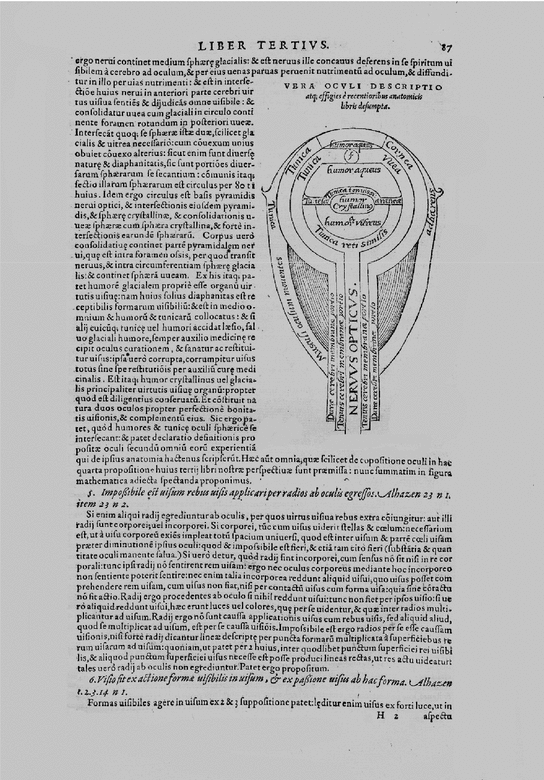

The fact that we could have a drug that doubles as both a painkiller and diarrhea inhibitor may prove mighty useful in the future. Diarrhea is no joke - it is responsible for 1 in 9 child deaths worldwide, more than AIDS, malaria, and measles combined. The inhibiting effects on the ion protein channel KCNQ1-KCNE3 can prevent diarrhea, the researchers found. The team found that extracts from 9 of the 40 plant species increased KCNQ2/3 current significantly - and all 9 were used as traditional medicine by Native Americans.īut the same plant extracts that activate KCNQ2/3 have the opposite effect on KCNQ1-KCNE3, an intestinal potassium channel. KCNQ2/3 is present in nerve cells that sense pain, and its activation soothes pain by lowering the strength of the pain signal. The scientists found that the plants activated the KCNQ2/3 potassium channel, which passes electrical impulses between the brain and other tissues. Muir Woods location indicated by green rectangle. Credit: Abbott et al. Geographical and tribal traditional medicinal usage of 8 native plant extract “hits” from KCNQ2/3 screening, categorized by plant genus.

Traditional medicinal usage of KCNQ2/3-activating plants.

Overall, the researchers analyzed 40 plants from Californian coastal redwood forest plants. These plants have a long history of use in Native American traditional medicine as topical analgesics for insect bites, stings, sores, and burns. In a new study, researchers analyzed the molecular makeup of an extract of plants collected in Muir Woods National Monument, a region in California known for its coastal redwood forests. For instance, they would only pick every third plant they found. Such plants were so important and cherished that medicine men would take steps to protect them from over-harvesting.
EXTRACT PHYSICUS MUSIC SKIN
Some of their favorite medicinal herbs include red clover (treats inflammation and respiratory conditions), black gum bark (relieves chest pains), hummingbird blossom (treats mouth and throat conditions), wild ginger (treats earache and ear infections), slippery elm (treats skin conditions, sore throats, and even spider bites), and lavender (a remedy for insomnia, anxiety, and depression). According to one myth, the earliest use of medicinal plants among the Native American tribes started after they watched animals eat certain plants when they were sick. Native Americans are one of the cultures renowned for their medicinal plant knowledge. Even in today’s age of synthetic drugs, about 40% of the most common drugs found in a pharmacist’s counter are derived from plants that people have used for centuries. The oldest evidence of medicinal plants dates from 60,000 years ago, the age of a burial site of a Neanderthal man who had been buried alongside eight species of plants, some of which have medicinal properties. Specifically, they would look for plants that could heal wounds, cure some diseases, and ease troubled minds. Stopping both pain and diarrheaīefore the advent of modern pharmacology, humans have had to rely on nature for ailments. The study “shines a light on the incredible ingenuity and medicinal wisdom of Californian Native American tribes,” said Geoffrey Abbott, lead author and a professor in the Department of Physiology and Biophysics at the UCI School of Medicine. Researchers at the University of California, Irvine (UCI) have identified a molecule in extracts from plants with a long history of use by Native Americans as topical analgesics also doubles as a gastrointestinal aid. California Coast Redwood Forest land from which plants were collected for this study.


 0 kommentar(er)
0 kommentar(er)
